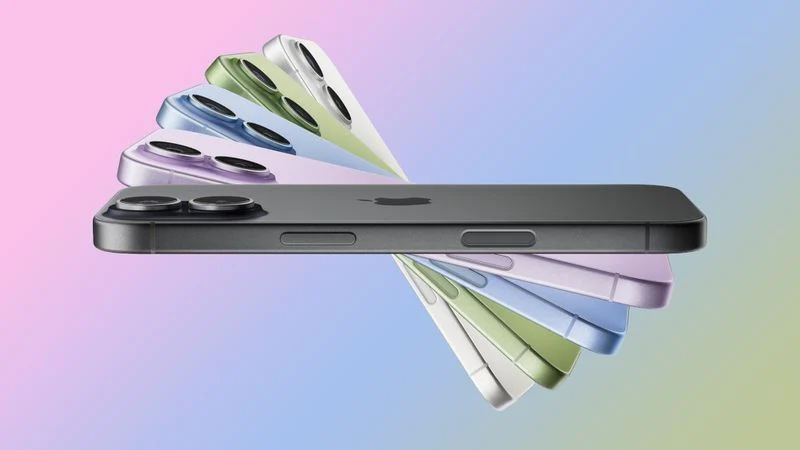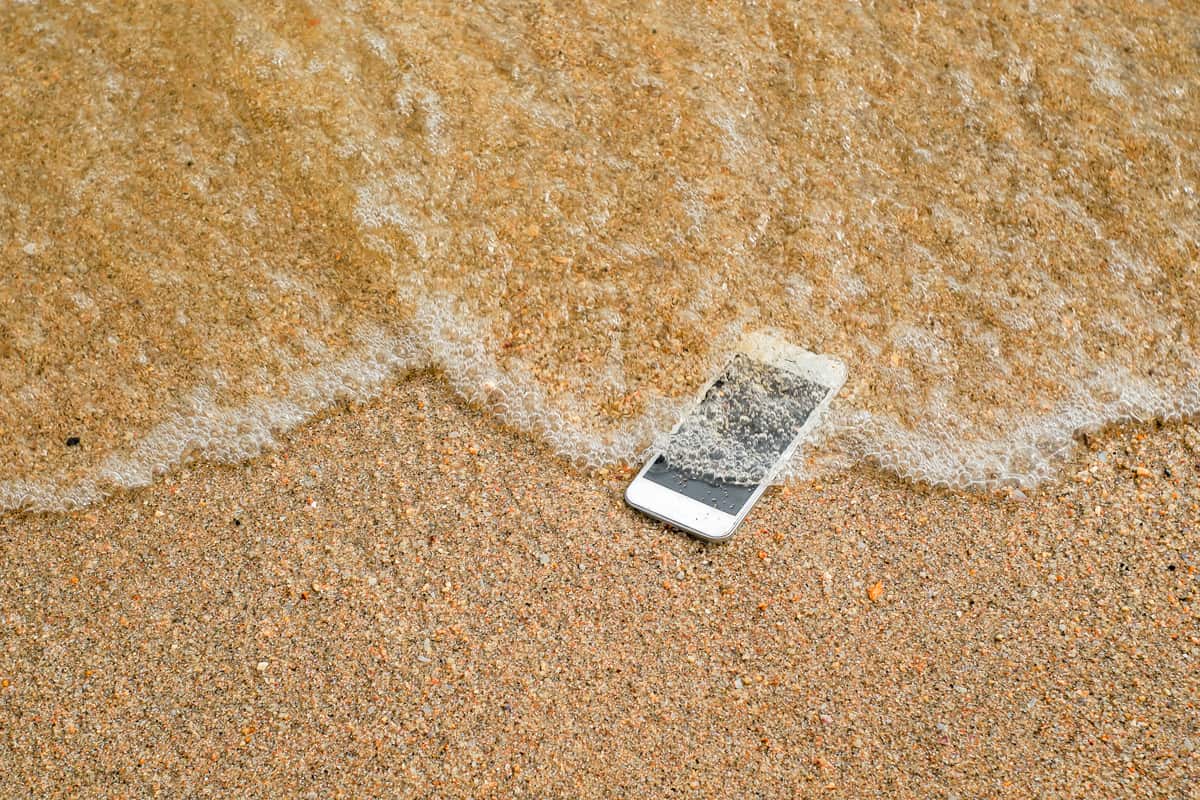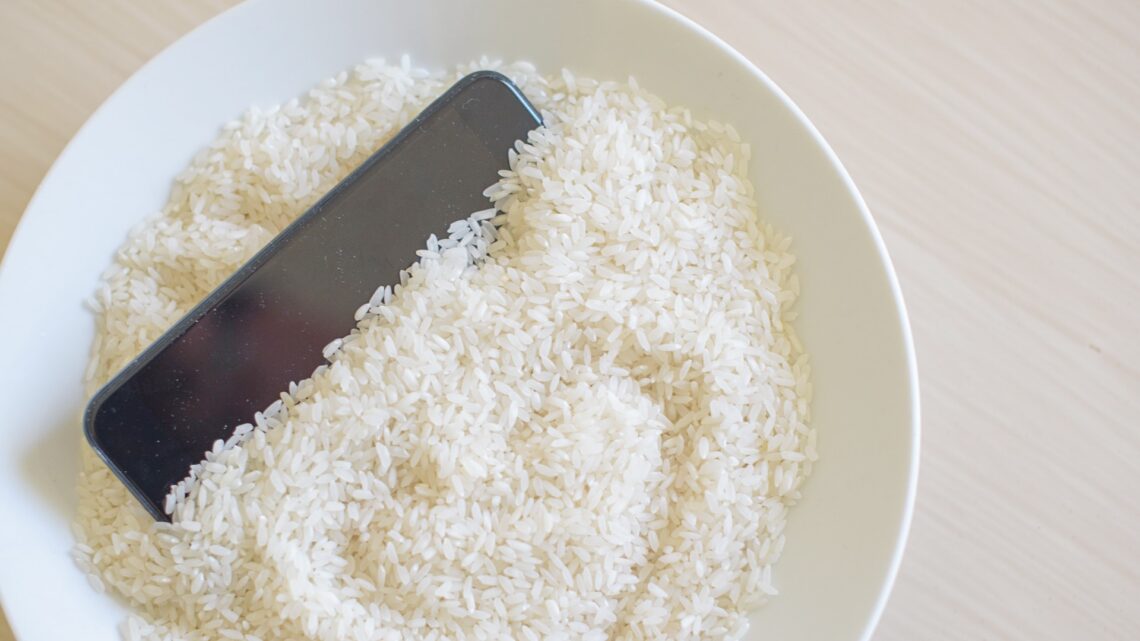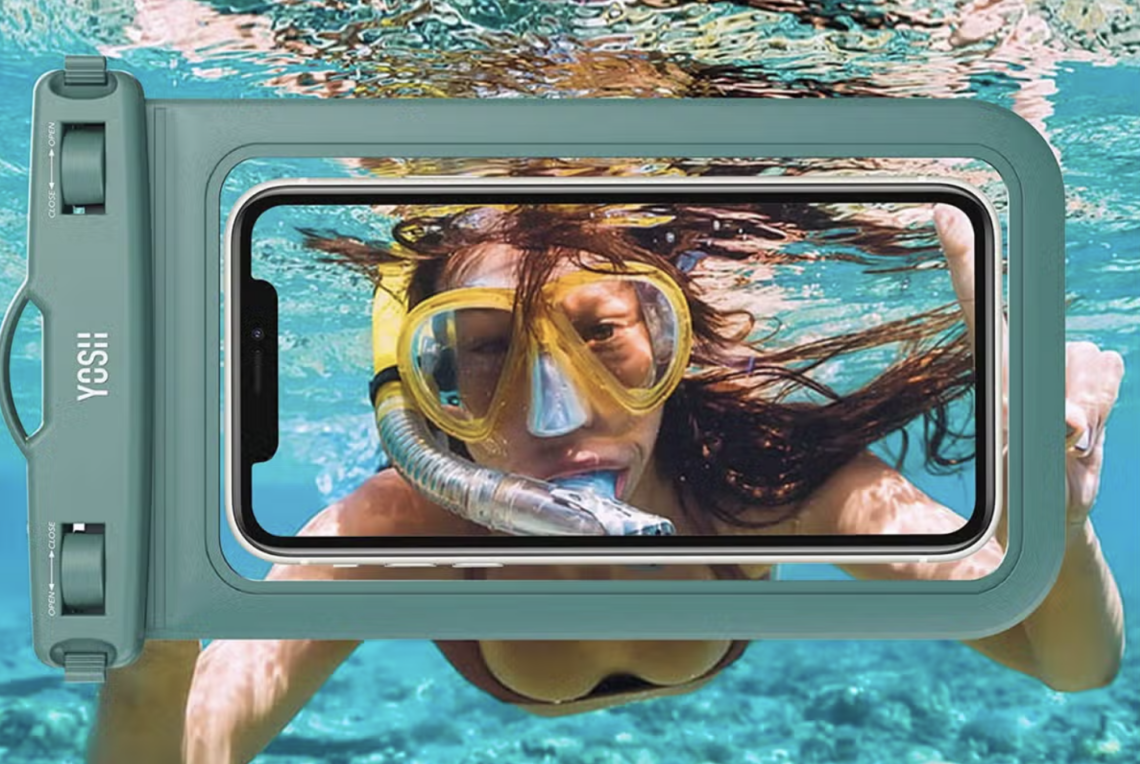
The Great Encyclopedia of the iPhone 17 Series: The “Slim” Revolution and Boundless Performance
Apple’s Fall 2025 announcement, the debut of the iPhone 17 series, was not just a routine facelift but a strategic shift in the history of

Is Dropping Your Phone in Water One of Your Biggest Fears?
When you’re crossing a bridge, do you often reach for your pocket to check if your phone has fallen out? Do you avoid taking your phone to the beach in summer because you’re afraid it might fall into the water? Are these realistic fears? Is it worth being overly cautious about our phones and water?
It’s no surprise that water can cause significant damage to electronic devices, especially complex ones like smartphones.
During the summer, we love relaxing by the water, where we can enjoy the sun and the refreshing water nearby, whether it’s at the beach or by a river.
Many situations can arise where our phone comes into contact with water. Let’s see when you need to be especially careful.
One of the most common ways for a phone to get water-damaged is by dropping it in the wrong place. Dropping your phone is already a big problem, but it’s even worse if it ends up in a pool.
It can also easily happen that you simply forget your phone is in the pocket of your swim trunks and jump into the water. This is particularly embarrassing because you can’t even blame bad luck; it’s your own fault that your phone ended up underwater.
An extreme, but quite common scenario, is when accidents happen in the bathroom. Many people use their phones while lying in the bathtub. I’ve never done this, but as I mentioned, I specifically avoid situations that are dangerous for my phone.
The worst case – which I’ve heard from several people – is when the phone falls into the toilet. I won’t detail the extreme problems that need to be solved in this situation, but I can hardly imagine anything more disgusting than fishing a phone out of the toilet.
In summer, sudden downpours are quite common. They may only last a few minutes, but can be so intense that they destroy a smartphone left on a table.
Of course, the phone doesn’t have to be lying on a table to get soaked by rain. It can also get wet in your pocket if you don’t quickly find shelter during a downpour.
I’m sure you’ve been drenched to the skin in just a few seconds before.
Another common issue, especially during the summer, is when water or some other drink is spilled on your phone. At festivals or backyard barbecues, many people put their phones on benches, and a knocked-over beer mug or wine glass can cause serious trouble.
In these situations, the risk is even greater if a strong alcoholic beverage spills on the phone, as alcohol can also harm certain components. Sugary drinks can also cause major problems, as dried soda becomes sticky, making the device even harder to clean.
We will discuss what to do with a water-damaged device later.
First, let’s look at what you should not do with a water-damaged phone.
Numerous articles and videos on the internet offer various tips on how to fix a water-damaged smartphone at home. Let’s look at the most commonly used techniques and examine the problems with each.
Most people immediately start shaking the phone after retrieving it from the water, hoping to expel the water that has entered the device.
However, this is a huge misconception.
Shaking the phone only helps the water reach areas it might not have penetrated before. This essentially increases the potential damage the next time the phone is powered on.
Using a hair dryer is often one of the first things people try when attempting to fix a water-damaged phone at home.
And why did I mention an oven?
Yes, some people have actually placed their water-damaged phone in the oven, turned up the heat, and waited for the oven – which is typically used for cooking delicious meals and baking – to work its magic on their phone.
This can cause significant problems for the phone’s components. Both an oven and a hair dryer can produce high enough temperatures to instantly damage the battery, motherboard, or other parts.
Needless to say, replacing these parts is not cheap, especially if multiple components need to be replaced at once.
This is another widespread myth. In reality, the water inside the phone can cause permanent damage to the internal metal components within a few days, as it evaporates.
Corrosion – commonly known as rust – can cause internal surfaces and parts to come into contact, leading to a short circuit if the phone is powered on again.
A water-damaged phone does not repair itself in a few days, so do not attempt to turn it on, hoping it will dry out and work like it did before it got wet.
There is some truth to this statement. If a wet phone is placed in a bowl of rice without being wiped dry first, you may notice that the rice absorbs the water from the phone’s surface.

But what about the water inside the phone?
Unfortunately, rice cannot do anything about that. The rice only absorbs water droplets it comes into direct contact with. The layers inside the phone “protect” the internal liquid from the rice, making rice completely useless for removing internal moisture.
Moreover, I believe this technique is also flawed because rice has its own dust. If you pour a bag of rice into a bowl, you will see tiny fragments that have fallen off the grains at the bottom of the bag.
If you pour rice over your phone, this rice dust – much like regular dust – can clog various openings. It certainly won’t help your phone if you increase the chances of blockage in the openings and gaps.
Many people consider themselves experts, but I would caution everyone against attempting home smartphone repairs. Disassembling such a meticulously assembled electronic device can lead to numerous mistakes.
Moreover, if even a minimal amount of water remains on any component during drying, the entire effort is practically in vain, as the corrosion process will still commence.
Water can also reach areas that cannot be removed manually at home. For instance, the motherboard has small shields that protect certain parts. These shields are soldered onto the motherboard, but water can easily get underneath them. Removing these shields – and thus the water – requires expert knowledge.
So, what is the proper way to handle a water-damaged smartphone?
Seeing your smartphone swimming in water can prompt some strange reactions from a terrified owner.
Naturally, there are steps you can take to minimize the damage. We detail everything in this article.
However, it’s important to know that home remedies for a water-damaged device often worsen the problem, so think carefully before doing anything.
The first and most crucial step for a phone dropped in water or soaked is to get it to a professional service center as quickly as possible. Much depends on how soon a water-damaged device gets into expert hands.
So, what will our service technicians do with it?
Today, we use ultrasonic technology to clean water-damaged devices, and we explain how it works in this article.
My best advice is to handle your phone with the utmost caution near water. If you are prone to dropping or leaving your phone somewhere, it’s better not to take it to the beach.
Of course, there may be times when you must take your phone with you because you are expecting an important call or want to take pictures.
So, how can you protect your phone from water damage?
Some of these cases are designed not just to protect the phone from water but to allow you to take it underwater to capture photos and videos.

Despite looking a bit odd, these cases have features that make them very useful:
• Fully waterproof
• Optical clarity material covering the display
• Shock resistance
• Allows for fingerprint recognition
It’s worth noting that a good waterproof case can be quite expensive, similar in price to a high-quality shockproof case. Obviously, a shockproof case provides much greater protection, so you need to consider carefully whether it’s worth investing in a waterproof case as well.
Newer smartphones all receive an IP rating from the manufacturer. This rating looks like “IP” followed by two digits.
The first digit indicates the level of protection against solid objects, on a scale from 0 to 6. The second digit, ranging from 0 to 8, indicates resistance to moisture penetration.
However, this rating can be misleading because while an IP68-rated phone can be submerged without damage, these tests are usually conducted under laboratory conditions. (So, physical damage from use and the presence of other chemicals can change the situation.)
It’s worth noting that a good waterproof case can be quite expensive, similar in price to a high-quality shockproof case. Obviously, a shockproof case provides much greater protection, so you need to consider carefully whether it’s worth investing in a waterproof case as well.
Nevertheless, the table below helps understand the phone’s resistance to water and dust.
| Value | Protection Against Solid Objects | Value | Water Protection |
|---|---|---|---|
| 0 | Not protected | 0 | Not protected |
| 1 | Protected against large objects (>50mm) | 1 | Protected against vertically dripping water |
| 2 | Protected against medium objects (>12mm) | 2 | Protected against dripping water up to 15° from vertical |
| 3 | Protected against small objects (>2.5mm) | 3 | Protected against rain. Spray water up to 60° from vertical |
| 4 | Protected against tiny objects (>1mm) | 4 | Protected against splashing water from any direction |
| 5 | Dust protected (no harmful deposits) | 5 | Protected against water jets from any direction |
| 6 | Dust tight | 6 | Protected against strong water jets |
| 7 | Protected against temporary immersion in water | ||
| 8 | Protected against continuous immersion in water | ||
| 9K* | Enhanced protection against immersion and high-pressure cleaning |
This rating system should be treated with caution since water is not a natural environment for electronic devices. They can be protected against water, but this doesn’t mean we can freely toss our phones into water.
Moreover, no manufacturer currently offers a warranty against water damage. They know that the IP rating system is not a perfectly designed system. You can read more about this in our article.
While more waterproof phones are appearing on the market, this attribute is still not common in phones. Likely, more devices will feature this property, but if your device is not waterproof, you’ll need other solutions.
If you’re prone to accidents with your phone, I believe it’s worth doing everything possible to minimize potential damage. So, definitely get a waterproof phone case for the summer season.
Have you ever had your phone water-damaged? Have you used a waterproof phone case? Let us know in the comments!

Apple’s Fall 2025 announcement, the debut of the iPhone 17 series, was not just a routine facelift but a strategic shift in the history of

China has developed the world’s first 6G field test network, which integrates communication and artificial intelligence, demonstrating that 6G transmission capabilities can be achieved using